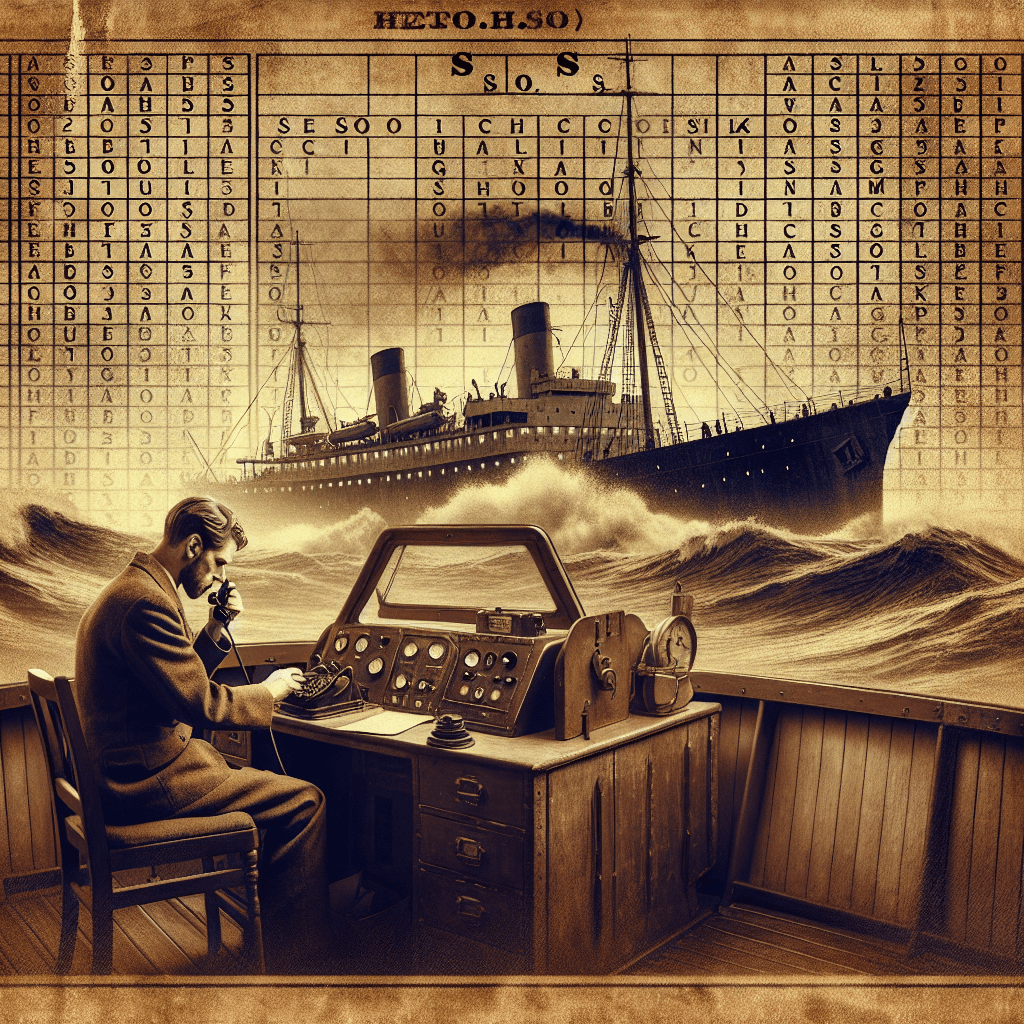Why did a Canadian city build a landing pad specifically for UFOs
In 1967, a Canadian town poured 130 tons of concrete to create an official welcome mat for aliens, and the surprisingly serious reason why is even stranger than the project itself.


Too Long; Didn't Read
TLDR: In 1967, St. Paul, Alberta, built a UFO landing pad not for actual aliens, but as a unique tourist attraction and a symbol of peace for Canada's 100th anniversary.
Blog Post Title: A Cosmic Welcome Mat: Why Did a Canadian City Build a Landing Pad Specifically for UFOs?
Introduction
In 1967, as nations raced to conquer space, most towns were focused on earthly matters like building new community centres or parks. However, one small town in Alberta, Canada, set its sights much, much higher. Instead of a new hockey rink, they built the world’s first-ever designated landing pad for Unidentified Flying Objects (UFOs). This wasn't a joke or a movie set; it was a government-sanctioned, officially unveiled municipal project. But why would a prairie town of just a few thousand people invest time, money, and concrete in welcoming visitors from other worlds? This post explores the fascinating and very real story behind the St. Paul, Alberta, UFO Landing Pad, a unique blend of national pride, clever marketing, and a hopeful message to the stars.
A Centennial Project with a Cosmic Twist
The primary reason for the landing pad's existence is rooted in Canadian history. The year 1967 marked Canada's 100th birthday, known as the Centennial. To celebrate, the federal government encouraged towns and cities across the nation to undertake "Centennial Projects" as permanent commemorations. While many communities opted for practical structures like libraries and arenas, St. Paul wanted something that would truly make them stand out.
Local business leaders and the town council brainstormed ideas that would be memorable and unique. The proposal for a UFO landing pad was put forward, and instead of being dismissed, it was embraced as a symbol of forward-thinking and creativity. It was a brilliant way to participate in the national celebration while simultaneously creating a landmark unlike any other on the planet.
A Message of Peace and a Bid for Tourism
While the Centennial was the catalyst, the project had two other clear motivations: promoting peace and attracting tourists. The 1960s were deep in the Cold War era, a time of global tension and conflict. The creators of the landing pad wanted to send a different message. A plaque unveiled at the site reads:
"The area under the World's First UFO Landing Pad was designated international by the Town of St. Paul as a symbol of our faith that mankind will maintain the outer universe free from national wars and strife. That future travel in space will be safe for all intergalactic beings, all visitors from earth or otherwise are welcome to this territory and to the Town of St. Paul."
This was a profoundly hopeful statement, envisioning a future free from earthly conflicts. At the same time, it was an undeniably clever marketing strategy. The town's leaders correctly predicted that the sheer novelty of a UFO landing pad would attract visitors, putting their small, relatively unknown community on the global map.
The Structure and its Grand Opening
The St. Paul UFO Landing Pad is far from a simple painted circle on the ground. It is a serious piece of construction:
- A 30-foot diameter raised concrete platform.
- It weighs over 130 metric tons.
- A backstop features a map of Canada constructed from stones representing each of the country's provinces and territories.
The official opening on June 3, 1967, was a major event. The guest of honour was none other than Canada’s Minister of National Defence at the time, Paul Hellyer, who arrived by helicopter to cut the ribbon. His presence lent an air of official legitimacy to the quirky project, which garnered international media attention.
The Legacy of the Landing Pad
So, did the plan work? Absolutely. For over 50 years, the St. Paul UFO Landing Pad has been a beloved roadside attraction, drawing tourists from around the world. An adjacent tourist information centre was later built, complete with a UFO exhibit displaying photographs of alleged UFOs, crop circles, and other unexplained phenomena. It has become the defining symbol of the town and a cherished piece of quirky Canadiana. Even Queen Elizabeth II made a point to see it during a royal tour in 1978.
Conclusion
The St. Paul UFO Landing Pad was never truly about an impending alien arrival. It was a masterful combination of civic pride, clever tourism marketing, and a heartfelt, optimistic message of peace during a time of global uncertainty. Born from the spirit of Canada's Centennial, it stands today as a testament to a small town's big imagination. It serves as a permanent, concrete invitation—not just to extraterrestrials, but to all of us—to look up, keep an open mind, and perhaps not take ourselves quite so seriously.


